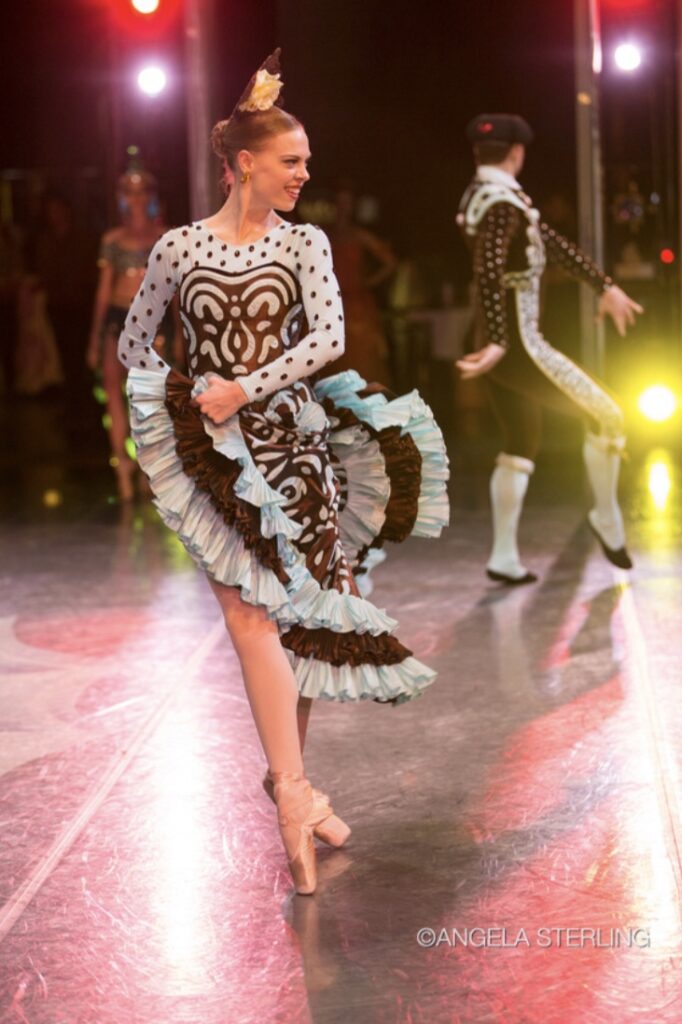
by Emma Love Suddarth
“Monday—it’s finally Monday,” I think to myself.
From the day after Thanksgiving until the end of December, Monday means it’s a day off from The Nutcracker at Pacific Northwest Ballet (and likely most all American ballet companies as well). For once I don’t have to hear the rolling melody of the Waltz of the Flowers or the sultry notes of the mysterious Arabian Divertissement echoing through every crevice of the theater… and my head. I don’t have to look at the row of multiple costumes lined up behind the “Love Suddarth” tag on the costume rack. I don’t have to smell the fumes of hairspray and arnica gel wafting through the dressing room.
I don’t have to think anything Nutcracker.
Finally, I have a spare afternoon to grab some groceries for the week and to tackle the lengthy list of Christmas gifts I want to give! Then the inevitable happens. I’m in a department store, or the grocery store, and The Dance of the Sugarplum Fairy comes twinkling over the loud speaker. “Aren’t they sick of this tune yet?” I think to myself irritably. Nope—just me, and a large number of fellow professional dancers out there. Through the month leading up to Christmas, ballet dancers live and breathe The Nutcracker—leaving the theater pretty much only to eat and sleep. Whether you love it or hate it, it’ll keep coming back every year.
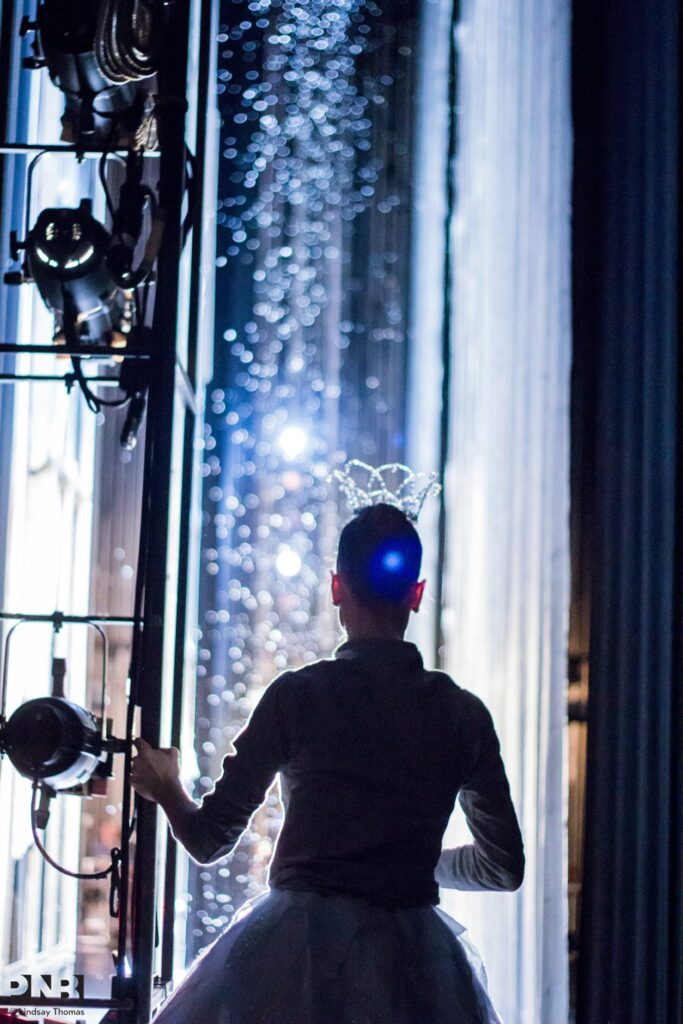
That is until now. The Nutcracker is commonly the first ballet most dancers ever performed starting as youngsters, and it’s the “old faithful” that as professionals we can expect to roll around and linger for a month every year; so now, here in 2020, what will the holiday season look like without it for the first time since childhood? I ask myself—will I miss it?
Nutcracker is the double-edged sword of ballets—its innate holiday spirit, its dependable routine-ness, and its opportunities for both new and revisited roles are juxtaposed against its trudging monotony, its physical toll, and its seemingly-endless run. The beginnings of Nutcracker rehearsals signal the beginning of the holiday season—that first snow scene rehearsal on the schedule means it’s finally permissible to play Christmas music on your radio. And, after only a couple weeks of preparation—as opposed to the month or so for a normal rep—it seems easy to fall right into the routine of matinee-evening-all-weekend that we dancers dwell in for December.
There is something comforting about knowing exactly what to expect for an upcoming performance week—or in this case the next six or so. When January comes, and we return to the schedule of a normal rep process it feels foreign. Somehow everyone is a little slower at picking up choreography because we’ve been executing the same steps on autopilot for the last month and a half straight. Then maybe, just maybe, we miss the dependability of knowing the matinee is a Snow/Marzipan show and the evening is Frau/Arabian—and it has been that way for years.
However, Nutcracker has a lot to offer to the growth of a dancer. It provides ample new stage opportunities for many dancers, and as the years go by, a chance to revisit certain roles over and over, digging deeper into them every time. The first ballet role I was ever cast in was “ginger cookie understudy” at the age of six. And, sure enough, I got my shot. One “cookie” got sick and gangly, pintsized Emma literally stepped into her shoes and got on stage. I took the ballet bait—I was hooked and have been dancing ever since.
Years later, as a new corps member with the Pacific Northwest Ballet, one of the first principal roles I had the opportunity to perform was the iconic peacock in Kent Stowell’s and Maurice Sendak’s Nutcracker. Clad in a colorful unitard complete with a weighty peacock tail, I was overwhelmed with the same excitement as that little cookie, even with the nerves about the dreaded arabesque turns at the end of the variation. And, revisiting it year after year until PNB moved to Balanchine’s version, I continued to discover new moments I could let the mysterious persona of my particular peacock shine through.
Thirty shows into the run of Nutcracker though, the story has shifted. It’s hard to focus on that extra little bit of sass for your Spanish principal and instead you can’t shake the thought of the dinner sitting at home waiting for you once Act II is finished. “Just push through it—it’s only a couple minutes,” you tiredly think to yourself. Achilles throbbing from the precise intricacies of the matinee’s Marzipan footwork and a continuous headache from one too many hairpins securing your headpiece, you can’t imagine making it through fifteen more shows. The “Nutcracker tired” has hit you like a train. When will it end?
Over the intermission between Act I and Act II, you discover a pile of letters at your dressing room spot. These notes are written by the children you’ve been sharing the stage with throughout the run. Some have questions about life as a professional dancer, and some just want to say hello, but most are hoping for one of your dead pointe shoes that they can hold onto as a keepsake.
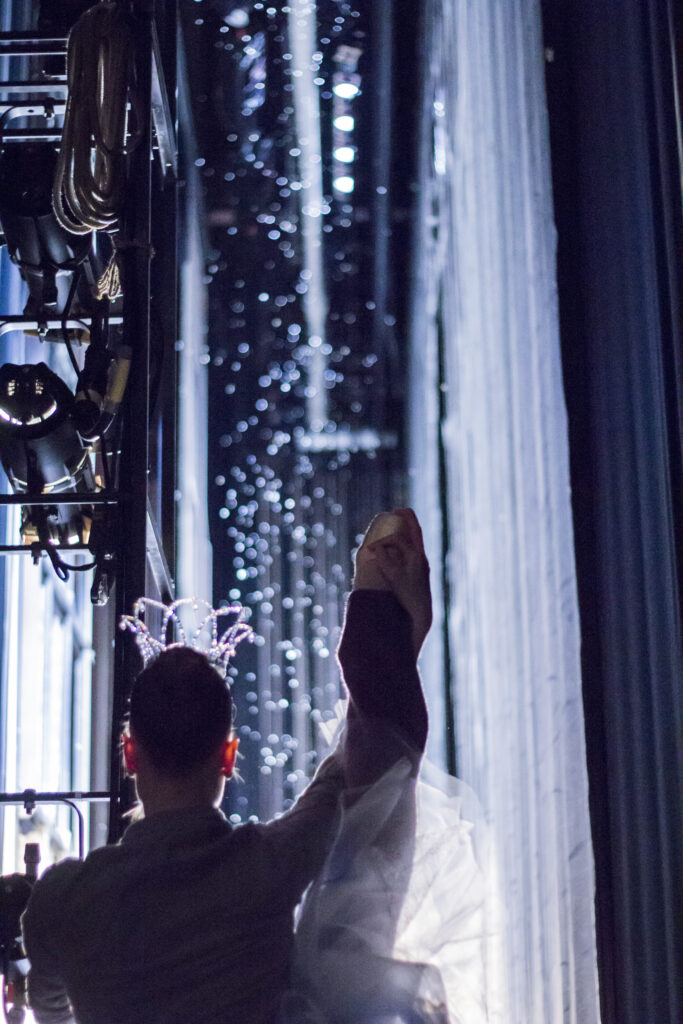
Later, you’re warming up for snow and a little mouse runs up from behind and hesitantly taps the edge of your tutu, “Thanks for the pointe shoe!” she blurts out excitedly before scurrying away. You barely get a chance to respond but you know the anxiousness because you’ve been there. There’s still a pair of Lauren Anderson pointe shoes in the closet of my old room at my folks’ house in Kansas—I know how special the gift of what I look at as just “smelly old shoes” is. I remember being that little mouse, and the uncontainable joy in every second that I got to skitter around the stage, and the overwhelming awe I felt at the holiday magic of THE NUTCRACKER. Somehow, after this momentary flashback, the spirited intro of the Spanish music brings a little holiday warmth to my heart, and my Achilles seems to hurt just a little bit less.
As someone who LOVES Christmas and all things surrounding the season, I think I resent Nutcracker each year on some level because I feel it robs me of my holiday entitlements. Christmas present shopping is rushed, decorating the house is squeezed in after a Sunday night show, and about five minutes into every holiday movie we turn on I am asleep. Why is my Christmas only the 25th—really just a glorified Monday—and everyone else gets a whole season?
However, every single time as I walk out the backstage door after a show, I find myself running into little children dressed in their holiday best, holding tightly to their Nutcracker programs, leaping and twirling in the effort to recreate for their parents the magic they just watched up on the stage. This is my holiday spirit—more than the hot cocoa and twinkle lights.
So yes, maybe this year I will appreciate getting to take my time hanging ornaments, or actually see the end of almost every Christmas film, but it won’t be the same without those young faces both onstage and off, glittering with excitement and overcome with holiday magic. For the first time in my life, I find myself admitting I’m glad to know that Nutcracker will come back. And, just this year, when I hear the steady rhythm of Waltz of the Flowers in the middle of Target, a little holiday warmth will flood my heart and a tiny smirk will creep onto my face.
Join Pacific Northwest Ballet to stream George Balanchine’s The Nutcracker® with the unique-to-Seattle scenery and costumes by Ian Falconer and immerse yourself in a candy-filled dreamland. Dates, times, and ticket information are available here.
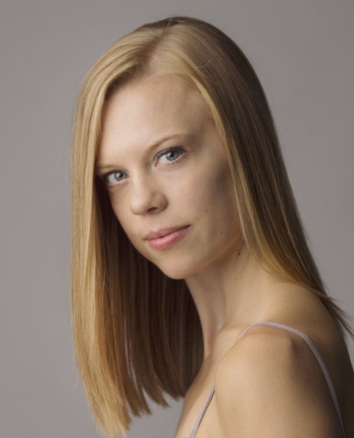
Contributor Emma Love Suddarth is from Wichita, Kansas. She studied with Sharon Rogers and on scholarship at Pacific Northwest Ballet School, and attended summer courses at Central Pennsylvania Youth Ballet, Ballet Academy East, and Pacific Northwest Ballet School. She was first recipient of the Flemming Halby Exchange with the Royal Danish Ballet School and was also a 2004 and 2005 recipient of a Kansas Cultural Trust Grant. She joined Pacific Northwest Ballet as an apprentice in 2008 and was promoted to corps de ballet in 2009.
While at PNB, she has performed featured roles in works by George Balanchine, Peter Boal, David Dawson, Ulysses Dove, William Forsythe, Jiri Kylian, Mark Morris, Margaret Mullin, Crystal Pite, Alexei Ratmansky, Kent Stowell, Susan Stroman, and Price Suddarth. Some of her favorites include the Siren in Balanchine’s The Prodigal Son, Jiri Kylian’s Petit Mort, David Dawson’s A Million Kisses to My Skin, William Forsythe’s New Suite, and Price Suddarth’s Signature.
She is a contributor to Pacific Northwest Ballet’s blog. She is married to fellow PNB dancer Price Suddarth.





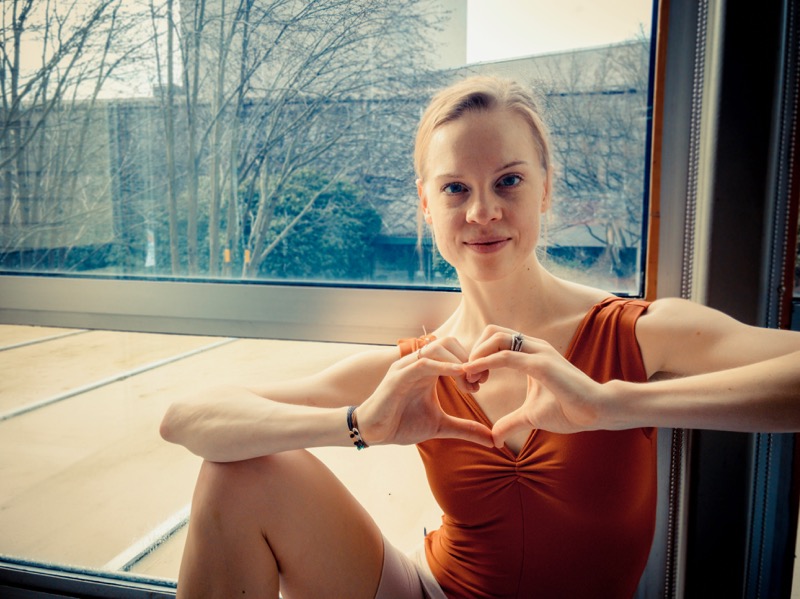
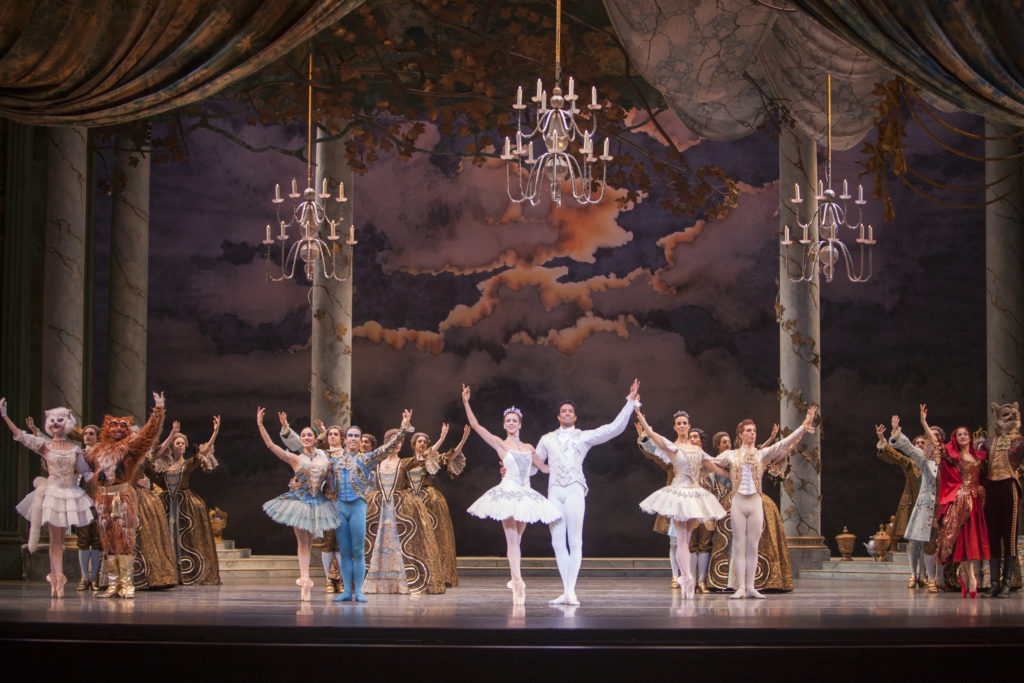
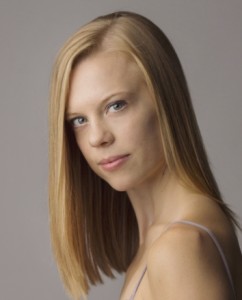
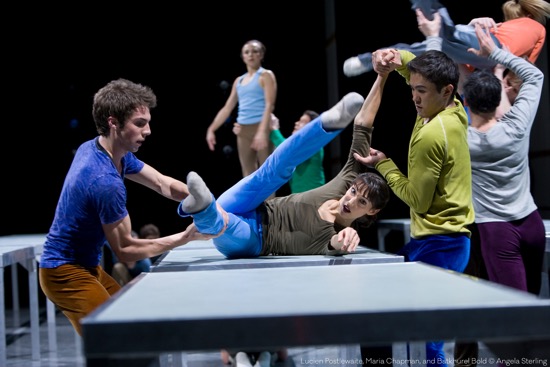
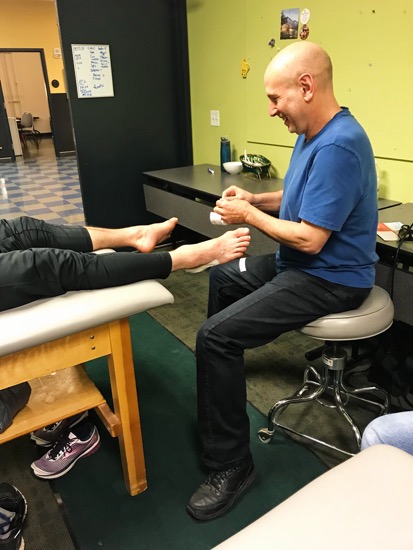
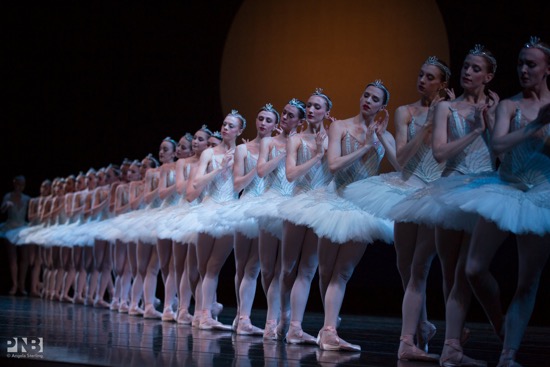

 Our neighbor Bill shared with us the secret:
Our neighbor Bill shared with us the secret: 
